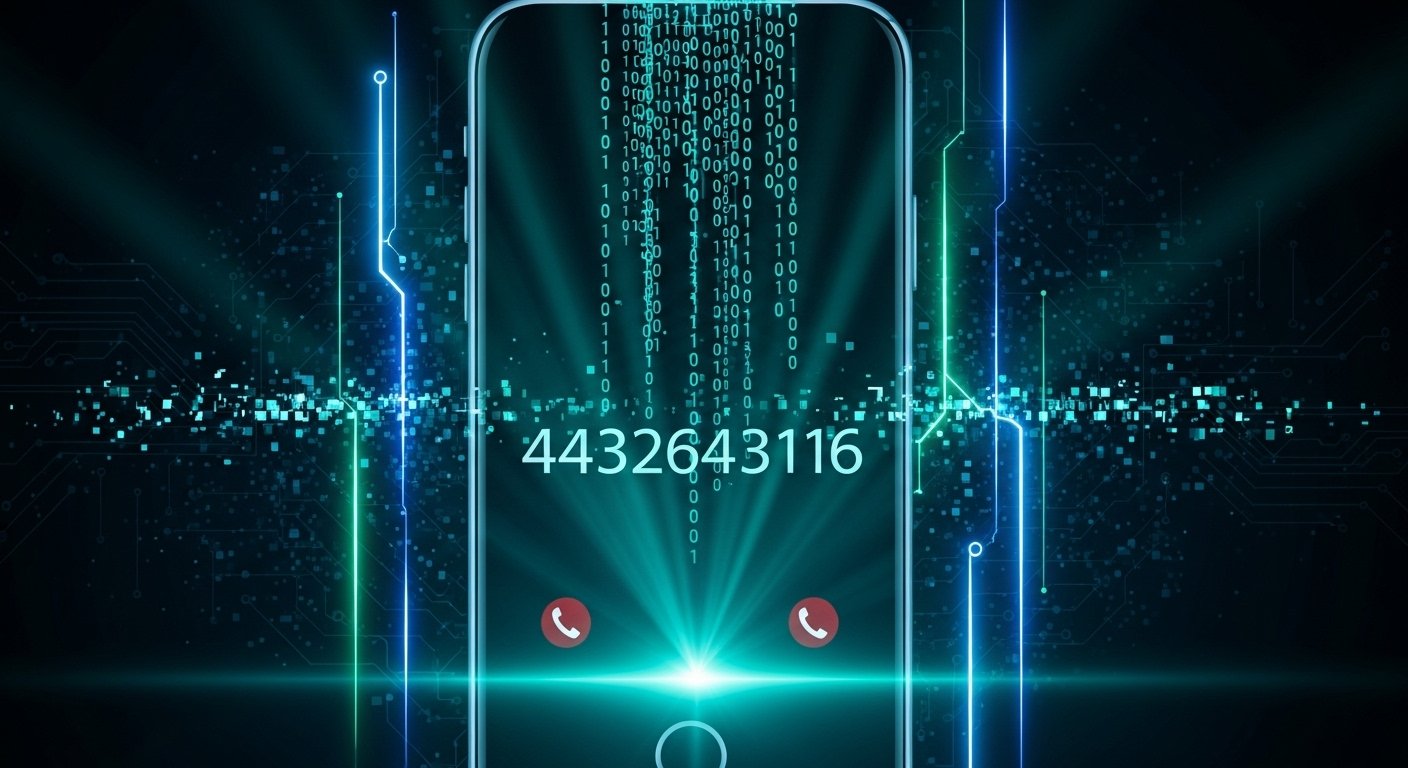Getting an unexpected call from an unfamiliar number can be unsettling. Whether it’s a missed call, a persistent caller, or a voicemail that sounds suspicious — numbers like 4432643116 often leave people wondering: “Who’s calling me and why?”
In today’s world, spam calls, telemarketing, and scam attempts are more common than ever. So, when a number like this pops up on your screen, it’s smart to take a closer look before calling back or sharing any personal information.
This article breaks down what to know about 443-264-3116, what kind of calls people have reported, and how you can stay safe from unwanted or fraudulent activity.
Understanding Area Code 443
Before diving into who might be calling, it helps to know where the number originates. The 443 area code is based in Maryland, USA, and covers regions such as Baltimore, Columbia, and Annapolis.
That means if you receive a call from 4432643116, it’s likely coming from somewhere within Maryland — or at least it appears that way. Many legitimate businesses operate from this area, but it’s also possible for scammers to spoof the number, making it look like a local call when it’s not.
Common Reasons You Might Get a Call From 4432643116
Not every unknown number is a scam, but it’s worth exploring the most common reasons why you could be receiving a call from this number.
1. Telemarketing or Sales Calls
Many reports suggest that numbers similar to 443-264-3116 are linked to telemarketing. These could be companies promoting services like home improvement, credit cards, insurance, or internet plans.
They often use automated systems to dial large lists of people — meaning your number may have been randomly included.
2. Survey or Market Research
Sometimes, marketing agencies conduct customer surveys or opinion polls for research purposes. These calls can appear from unfamiliar Maryland-based numbers and usually request short answers about consumer habits.
3. Scam or Fraudulent Activity
Unfortunately, scam calls are widespread. Some users have reported similar numbers pretending to be from banks, the IRS, delivery companies, or even tech support. The caller might try to create a sense of urgency — saying you owe money, your account is locked, or you’ve won a prize.
These are classic tactics used by phone scammers to trick people into giving away sensitive information.
4. Debt Collection or Financial Services
Debt collectors sometimes call from numbers that aren’t easily identifiable. If you owe money or have an overdue payment, the call might come from a third-party collection agency. Always verify the company before discussing financial details.
5. Wrong Number or Robocall
It’s also possible the call is harmless — just a wrong number or an automated robocall that dialed your line by mistake.
How to Check Who Called You
If you’re curious about who’s behind 4432643116, there are a few safe ways to find out without risking your privacy.
1. Use Your Phone’s Built-In Features
Most smartphones can now identify potential spam or business callers automatically. If you see a label like “Spam Risk” or “Telemarketer,” it’s best not to answer.
2. Perform a Reverse Phone Lookup
There are online tools that let you type in a phone number and see if it’s been reported by other users. Look for reviews, caller type (telemarketer, scammer, business), and date of activity.
3. Listen to the Voicemail (If Any)
If the caller left a voicemail, listen carefully. Legitimate businesses usually identify themselves, mention a name, and provide a clear reason for calling. Scammers, on the other hand, often leave vague or threatening messages.
What to Do If You Receive a Call From 4432643116
Here’s how you can respond smartly if you receive a call from this number:
1. Don’t Answer Unknown Numbers
If you don’t recognize the number, it’s okay to let it go to voicemail. Scammers rely on people picking up impulsively.
2. Block the Number
If you’ve confirmed it’s spam or unwanted, block it. Most phones have this feature under “Recent Calls.”
3. Report It
You can report suspicious numbers to the Federal Trade Commission (FTC) or National Do Not Call Registry if you’re in the U.S. This helps reduce future unwanted calls.
4. Never Share Personal Information
Never give out details like your address, bank account, or social security number to an unknown caller — no matter how legitimate they sound.
How to Protect Yourself From Spam and Scam Calls
Receiving one or two spam calls might not seem like a big deal, but over time, these can increase if your number gets added to call lists. Here’s how to minimize them:
1. Use a Call-Blocking App
Apps like Truecaller, Hiya, or Call Control can identify and block potential spam numbers automatically.
2. Register on the Do Not Call List
If you haven’t already, add your number to the National Do Not Call Registry. While it won’t stop every scammer, it reduces legitimate marketing calls.
3. Avoid Answering Unknown Numbers
The more you answer spam calls, the more your number gets marked as “active.” Ignoring them sends the opposite signal.
4. Be Skeptical of Urgent Messages
Scammers often create panic — for example, saying your account is frozen or a package is waiting. Always verify by contacting the company directly through official channels.
Could It Be a Legitimate Call?
Sometimes, 4432643116 may actually belong to a real person or business. For example:
-
A local Maryland business following up on an inquiry
-
A service provider confirming an appointment
-
A healthcare or delivery service verifying details
If you recently interacted with a company in Maryland, it might be worth returning the call — but only after checking their official website or verifying the number elsewhere.
When to Seek Help
If you’ve already picked up the call and shared any personal or financial details, take action immediately:
-
Contact your bank or credit card company to alert them.
-
Change passwords for sensitive accounts.
-
Monitor your credit report for unusual activity.
Taking quick action can protect you from potential identity theft or fraud.
Final Thoughts
Receiving unexpected calls from numbers like 4432643116 can be annoying, confusing, and sometimes risky. While not every call is dangerous, it’s always best to stay cautious and informed.
If the number continues to call you or leaves suspicious messages, block it, report it, and move on confidently. In the digital age, protecting your privacy starts with a simple rule — don’t trust every call that comes your way.
FAQs
1. Is 4432643116 a scam number?
While not every call from this number is a scam, reports suggest it could be linked to telemarketing or spam activity. Always verify before engaging.
2. Should I call back 4432643116?
It’s best not to call back unknown numbers directly. If it’s important, the caller will likely leave a message or contact you again through official means.
3. How do I stop getting calls from numbers like 4432643116?
You can block the number on your phone, register on the Do Not Call list, and use call-filtering apps to reduce unwanted calls in the future.

